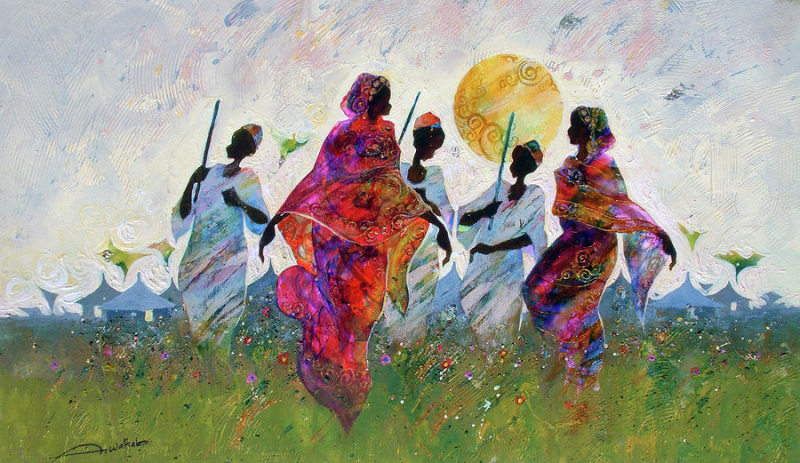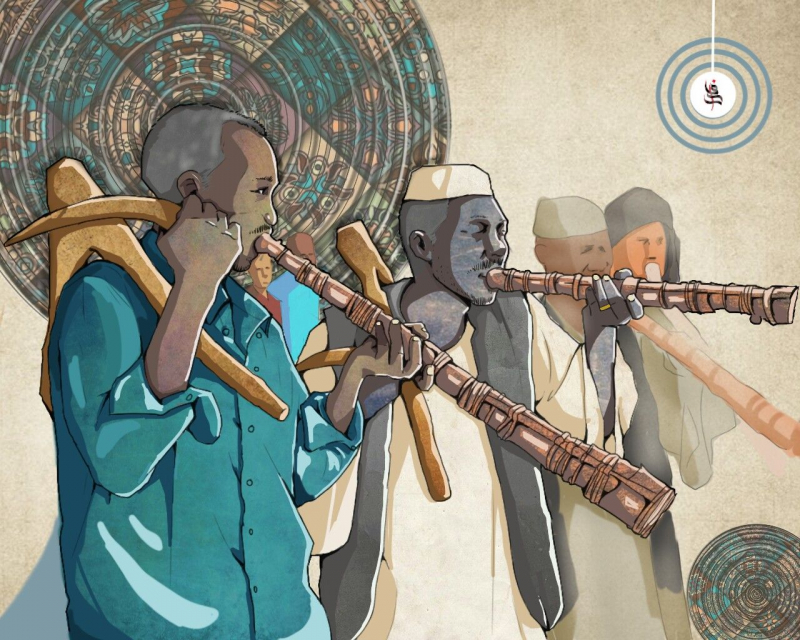Arts and Humanities
In Khartoum, there is a National Theater where plays and other acts are presented. A number of renowned graphic artists have come out of the College of Fine and Applied Arts, which is located in the capital. Native Sudanese literature is primarily oral in nature and consists of many different tales, myths, and proverbs. The Arab north is the origin of the written tradition. The Arab world is familiar with Sudanese writers from this tradition.
The Wedding of Zein and Season of Migration to the North, written by Tayeb Salih, the most well-known author in the nation, have both been translated into English. Sudanese poetry today combines African and Arab elements. Muhammad al-Madhi al-Majdhub is the most well-known exponent of the style.
Silversmithing, ivory carvings, and leatherwork are well-known in Northern Sudan, and Omdurman in particular. Carved wooden sculptures are produced in the south by artists. The majority of the artwork, including tools like swords and spears, may be found in the deserts in the country's east and west.
The most widely used media among modern artists are photography, calligraphy, and printmaking. One of Sudan's most well-known artists, Ibrahim as-Salahi, has achieved success in all three genres.
Sudanese culture is heavily reliant on music and dance, which are used for both secular and sacred purposes. The music of the north exhibits a significant Arabic influence and frequently include theatrical recitations of Qur'anic passages. The indigenous music of the south strongly incorporates complicated rhythms and drums.
The zar, an exclusively female ritual that can last up to seven days and is designed to rid a lady of spirit possession, is one rite in which music has a significant role. The possessed woman dances while using a prop as an object connected to her specific spirit to the sounds of drums and rattles played by a group of female musicians.









